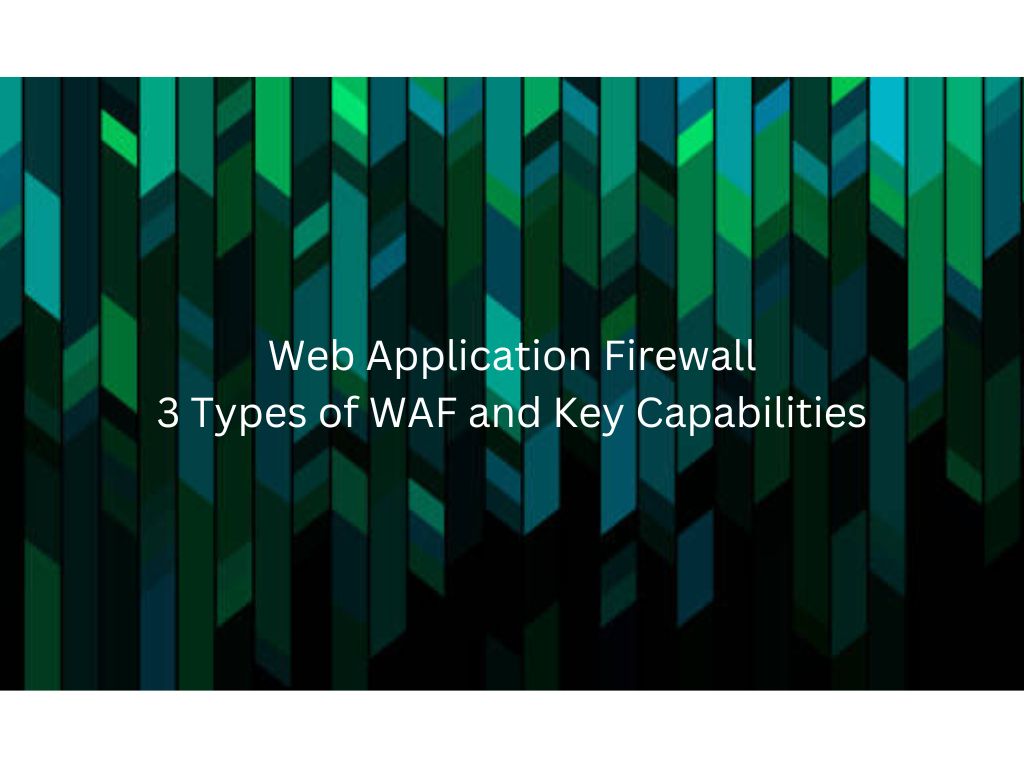API security is a rapidly evolving field, and it is important for organizations to stay up-to-date on the latest threats and best practices. Some predictions for API security in the near future include:
1. An increase in API-specific attacks
It is expected that there will be an increase in API-specific attacks as APIs become more widely adopted in organizations. APIs offer a way for different systems and applications to interact and share data, which can simplify processes and improve efficiency. However, they also present new attack vectors for malicious actors to exploit.
A Gartner report indicates that 95% of companies have had an API security incident in the past 12 months, with API attack traffic growing by 681%. Another study shows that API vulnerabilities cost businesses up to $75bn annually.
API-specific attacks can include:
- Injection attacks, where malicious code is injected into an API to gain unauthorized access to sensitive data.
- Tampering with API requests to alter or disrupt operations.
- DDoS (Distributed Denial of Service) attacks on API servers to make them unavailable to legitimate users.
- Exposing sensitive information by exploiting vulnerabilities in API authentication and authorization mechanisms.
2. Greater Use of AI and Machine Learning for Security
It is expected that there will be increased use of Artificial Intelligence (AI) and machine learning for security. As the number of API-based threats increases, organizations are turning to these technologies to help detect and respond to them in real-time.
AI and machine learning can be used for a variety of security functions, such as:
- Identifying and blocking malicious requests in real time by analysing patterns and characteristics of API traffic.
- Identifying anomalies in API usage and behaviour that may indicate a security threat.
- Prioritizing and automating the response to security incidents.
- Continuously learning and adapting to new threats and attack methods.
The use of AI and machine learning in API security can help organizations to more effectively protect their infrastructure and respond to security incidents. However, it is important to note that these technologies are not a replacement for human expertise, and organizations must ensure that they have the necessary skills and resources in place to effectively use and manage these technologies.
3. Emphasis on API Security in the Development Process
It is expected that there will be an increased emphasis on API security in the development process. As APIs become more prevalent in organizations, ensuring the security of these interfaces during the development process can help to prevent vulnerabilities and reduce the risk of security breaches.
Some ways that organizations can incorporate API security into the development process include:
- Incorporating secure coding practices, such as input validation and error handling, into the development process.
- Conducting API security testing, including penetration testing and vulnerability assessments, to identify and address potential security risks.
- Using threat modelling to identify potential attack vectors and security risks in the API architecture.
- Implementing automated security testing tools to continuously monitor and assess the security of APIs throughout the development process.
Incorporating API security into the development process can help organizations identify and address potential security risks early on, reducing the chances of vulnerabilities being introduced and exploited later. This can lead to a more secure API infrastructure and a reduced risk of security breaches.
4. API Security Standards
It is expected that API security standards will emerge and be widely adopted by organizations. API security standards are a set of guidelines and best practices that organizations can follow to ensure the security of their API infrastructure. API security standards can cover various aspects of API security, such as:
- Authentication and authorization
- Data encryption and secure communication
- Access control and rate limiting
- Input validation and error handling
- Compliance with regulations and industry standards
Adopting API security standards can help organizations to reduce the risk of security breaches and protect sensitive data. Some examples of API security standards are OWASP (Open Web Application Security Project), ISO/IEC (International Organization for Standardization/International Electrotechnical Commission) 27001, and PCI DSS (Payment Card Industry Data Security Standards).
It’s important to note that standards are constantly evolving, and organizations should stay informed about updates and changes to the standards and best practices in order to keep up with the latest security requirements and trends.




